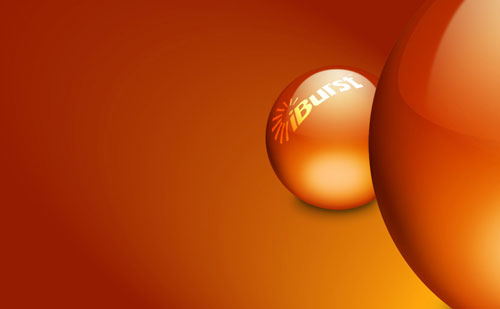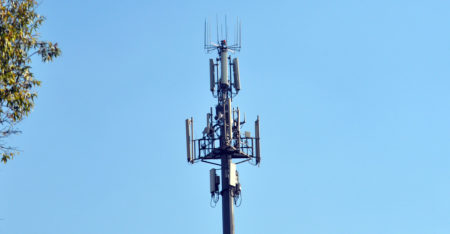
iBurst parent Wireless Business Solutions (WBS) says it plans to build a next-generation long-term evolution (LTE) wireless broadband network by mid-2012.
LTE is the successor technology to the mobile broadband networks deployed by the country’s mobile networks and is sometimes referred to as a fourth-generation (4G) technology. WBS says it has notified the Independent Communications Authority of SA (Icasa) about the plan.
“This development will afford the company the opportunity to decongest the 3G demands of areas in Gauteng … by offering high speed mobile services, and should help WBS realise revenues of approximately R3bn/year,” WBS says in a statement.
Until now, mobile operator MTN has been the most aggressive in rolling out LTE, with about 100 base stations in Gauteng connected as part of a pilot project.
WBS doesn’t say where it will raise funding for the LTE project. The company has operated the proprietary iBurst technology since March 2005. It has invested in the past year in building fibre infrastructure to support the backhaul component of its network.
“We currently have all the required ingredients to be able to offer LTE services in the shortest space of time including operational, regulatory, network transmission, backhauling and financial requirements,” WBS says.
“We estimate that approximately 1 000 direct and 5 000 indirect jobs should be created through this initiative.”
It says it will begin building the LTE network as early as this month and claims it will build 2 500 base stations in the first phase of the roll-out. “WBS expects to launch commercial 4G services in the first half of 2012.”
iBurst CEO Thami Mtshali could not immediately be reached for comment. However, the company’s head of regulatory affairs, Mlindi Kgamedi, says money for the project is being provided as a combination of both debt and equity. He says the funding plan is still being finalised by Mtshali.
Mlindi says WBS will deploy the network in both urban and rural areas using its existing spectrum allocations in the 1,8GHz and 2,6GHz bands. The iBurst and LTE networks will coexist at 1,8GHz, he says. Backhaul will be provided by both fibre and microwave links. — Staff reporter, TechCentral
- Subscribe to our free daily newsletter
- Follow us on Twitter or on Facebook
- Visit our sister website, SportsCentral (still in beta)




